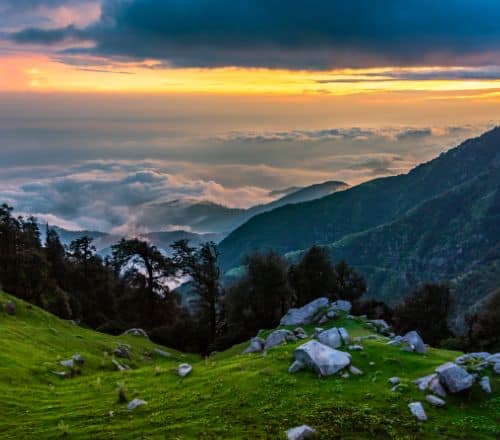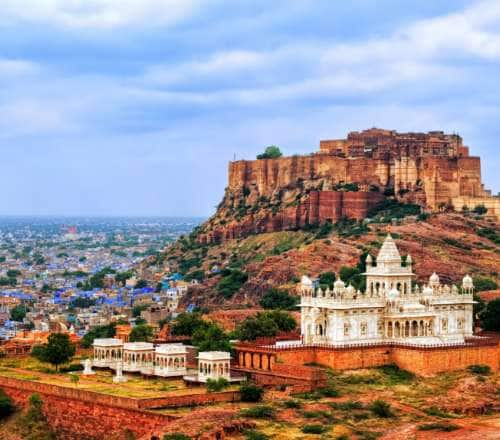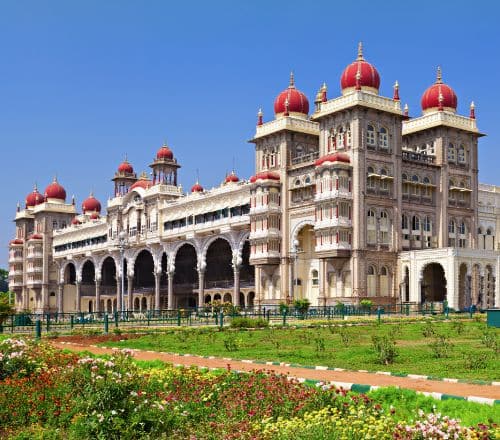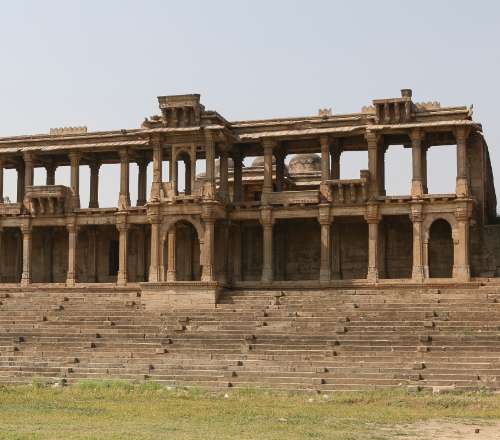Stay logged in to proceed with bookings, orders and offers.
On changing the terminal, you will loose items in your cart. Are you sure you want to change your terminal?
Experience folklore, traditional music, and sweetmeats amid the din of crow calls
India has diverse cultures and traditions, with rituals transcending generations. The beginning of the year is marked by harvest festivals, notably the festival of Makar Sankranti, celebrated in different forms across the country. Each year, this festival falls on the 14th or 15th of January, marked by the journey of the sun from the zodiac sign of Capricorn (Makara) to Sagittarius (Dhanusa).
While the essence of the festival remains the same, it goes by many names. The festival is commonly known as Makar Sankranti in Delhi, Haryana, Andhra Pradesh and Telangana; Uttarayan in Gujarat; Magha Saaji in Himachal Pradesh; Poush Parbon in West Bengal; Pongal in Tamil Nadu; Sakraat or Khichdi in Bihar and Jharkhand; Suggi in Karnataka; Lohri or Maghi in Punjab; Bihu in Assam; and Ghughutia or Kale Kauva (black crow) in Uttarakhand.
I vividly remember celebrating Makar Sankranti in Gandhinagar, Gujarat, during my undergrad at the National Institute of Fashion Technology (NIFT). Makar Sankranti is one of the most important festivals in Gujarat and is celebrated with great pomp and show. The state also hosts the famous International Kite Flying festival, with world-class kite flyers competing against each other, filling the sky with kites in myriad shapes and colours.
My best memories of Makar Sankranti are from when my friends in college – who were locals – would invite us to their homes to participate in the festivities. We would begin the day by offering prayers to the deity. Then, we would eat a traditional meal of home-cooked puran poli, khichadi, undhiyu (a Gujarati winter speciality made of mixed vegetables), and til laddoos. Another festival favourite is chikki, made of peanuts, jaggery, and sesame seeds. We would then climb to the terrace to fly our kites and compete with the neighbourhood kids. Every time a team would lose, we would scream "Kai Po Che" at the top of our lungs!
Read More
Read Less
While Gujarat is best known for its kite-flying ritual on Makar Sankranti, did you know the festival is celebrated to honour crows in Uttarakhand? Makar Sankranti is popularly known as Uttarayani across the state of Uttarakhand. More specifically, it is known as Ghughutia in Kumaon, one of the largest celebrations in the region. In the Garhwal region, it is called Khichdi Sankranti or Gholdiya.
The festival is a grand affair with unique rituals, notably the practice of engaging in a cacophony with crows. Festive cheer permeates the air, with everyone in the household taking part in customs, feeding crows, making garlands of sweetmeats in various shapes, flying kites, exchanging folklore, and participating in fairs and traditional cooking.
One of the highlights of Makar Sankranti celebrations here is the colourful Uttarayani Fair organised in the Bageshwar district of Uttarakhand. This cultural fair is considered one of the district's oldest and most significant celebrations. Local artists and weavers gather in large numbers, showcasing an array of handmade products, such as blankets, shawls, shoes, carpets, fruits, herbs, and spices.
The roots of Ghughutia traditions lie in age-old folklore passed down through generations. The story evolves within families, with each bard in the family adding their perspective to the tale. The original story goes back to King Kalyan Chand, who lived in the Kumaon region with his wife and son. His wife fondly addressed their son as Ghughuti after the spotted dove, a resident species in Kumaon. You must have figured out that the festival's name is derived from the name of the boy.
Back to the story – when the young boy disobeyed the queen’s orders, she threatened to give away his beloved necklace to the crows; the queen often called out to the blackbirds and fed them with sweetmeats. It is believed that the same birds saved the queen’s son when the king’s ministers took him hostage as a gesture of gratitude towards her kindness. Now you know why crows occupy centre stage during the celebration of this festival.
Ghughutia is also known as the festival of Kala Kauva or 'black crow' in some parts of Uttarakhand. The festival welcomes back crows as they return home from their long and exhausting migration for the winter season. Households commonly prepare sweetmeats in the shape of the ghughuti bird and cook khichadi, puri, and vada as a gesture of gratitude to the blackbirds.
The festival of Ghughutia installs the morals of kindness and gratitude in children. Typically, it involves children waking up before dawn to feed sweetmeats and other delicacies to the blackbirds. Later, children get together to sing folk songs addressed to crows. During this festival, people seek the blessings of crows; a good omen for the day if you find a crow to bless you.
The festival of Makar Sankranti is devoted to Surya, the Sun God. On this day, the sun starts its northward (Uttarayan) journey towards the northern hemisphere. This is why the festival is also known as Uttarayan. In the months leading up to Makar Sankranti, the sun moves towards the southern hemisphere (Dakshinayan), marking the beginning of the winter season, during which nights are longer than days. However, from Makar Sankranti onwards, days become longer and nights become shorter, marking the end of the winter season. Uttarayan also marks the beginning of the spring season. On this auspicious day, the sun enters the zodiac sign of Capricorn or Makara Rashi.
According to Hindu mythology and ancient scriptures, it is believed that Dakshinayan signifies the Night of God, a dark, inauspicious period. On the contrary, Uttarayan means the Day of God, thought to be a promising time. It is also believed that on this day, Surya visits the house of his son, Saturn (Shani), who is the ruler of Capricorn. Therefore, Makar Sankranti is also seen as a celebration of the strong bond between a father and son.
In India, most significant festivals are based on lunar events. However, Makar Sankranti is calculated on a solar cycle. It marks the beginning of the harvest season and allows people to thank Mother Nature for her bounty. Makar Sankranti is traditionally associated with the harvesting of rabi crops. The season is an auspicious occasion for farmers to express gratitude to the Sun God and pray for an abundant harvest to support their livelihood in the coming months. Hence, the festival is not only of religious significance but also cultural and extends to facets of everyday life.
As with other festivals, Makar Sankranti or Ghughutia is a time for feasting and merrymaking. In Kumaoni and Garhwali households, sweetened wheat flour is mixed with jaggery (gur) syrup and kneaded into a dough. The dough is then cut and twisted into drums, knives, swords, circles, and knots. These dough shapes are deep-fried to make ghughuts. The fried dough shapes are threaded together to form an edible necklace with a small orange in the centre; a wearable and eatable ornament for the children. Other traditional foods and sweets prepared during this festival are til laddoo, puran poli, ghee khichadi, payesh, and pinni.
Besides folklore and feasting, Makar Sankranti is an important festival across Uttarakhand for people to come together and pray for peace and prosperity for the upcoming year on the auspicious day. If you, dear reader, are from Uttarakhand and happen to celebrate Makar Sankranti in a faraway land, picture a traditional ghughut maala to relive your childhood memories. Call out to the crows from where you are and seek their blessings to keep this unique tradition alive.





The Adani One expressly disclaims all liability, direct and indirect, in respect to actions taken or not taken based on any or all the contents of this Blog. The Blog is an opinion of the contributor based on the collation of data from various sources and is provided only for information purpose. Adani One does not canvass, advertise, solicit, invite or induct for any product, merchandise, information, brand or any other materials mentioned in the Blog, nor does it obtain any monetary benefit from the same. Reader is advised to read and apply his/her intellect and discretion in this regard. Any Intellectual Property mentioned in this blog belongs to the rightful owner. We do not intent to claim any interest over the same.